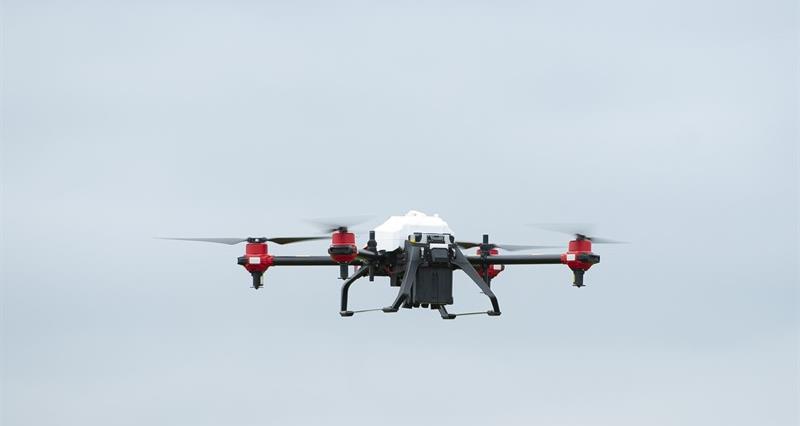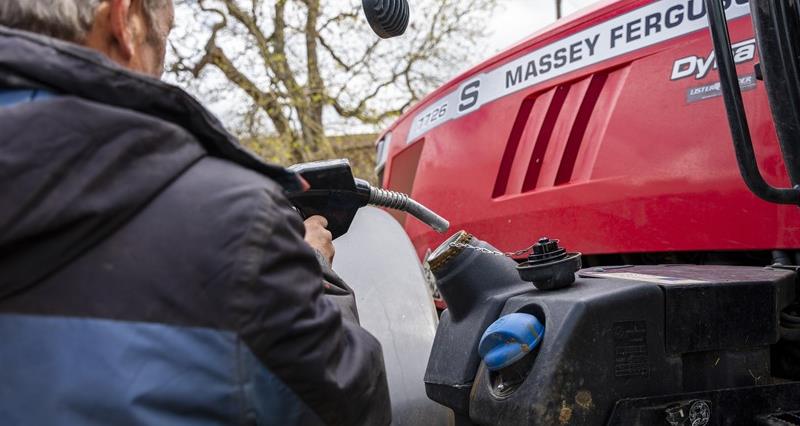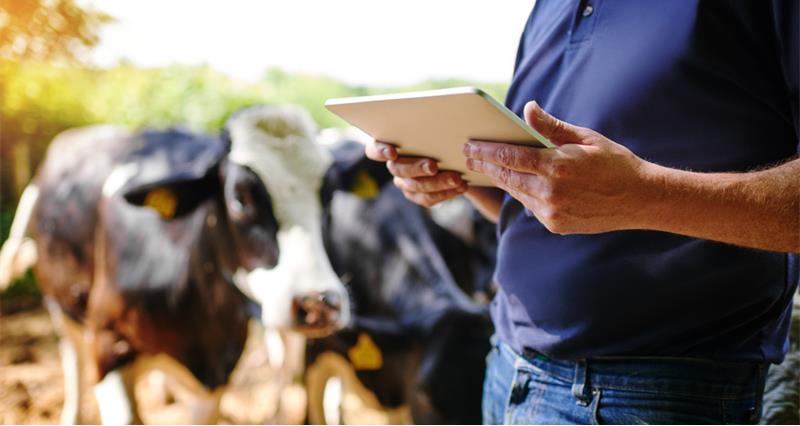In 2023, I was lucky enough to attend Agritechnica for two days. This trip opened my eyes to the future of farming, with nearly every manufacturer showcasing an autonomous machine, as well as precision technologies for crop management, gantry systems, new engine types.
While some may see the advent of an agricultural sector driven by technology as a negative change, for some it will enable farming businesses to be as effective and efficient as possible. This type of change is inevitable with the research and development being channelled into these technologies.
Autonomous machinery
As nearly every mainstream tractor manufacturer is now developing autonomous machinery, and new manufacturers that focus solely on autonomous machinery are appearing, this is an area of technological development that is only likely to become more mainstream.
Each manufacturer is developing their own unique technologies that tackle the challenges of autonomy, with some developing types of camera systems, enhanced GPS, and others using sensor systems.┬Ā
From a safety perspective, it is important to try and use a machine with the most effective artificial intelligence system, to ensure that every possible hazard is avoided.
ŌĆ£Those at the forefront of drone technology in agriculture are optimistic that it can help improve efficiency of farming by providing accurate data and information on farm performance, as well as helping to reduce wastage, chemical use and fossil fuel use.ŌĆØ
NFU Farm Safety and Transport adviser Sarah Batchelor
Autonomous tractors will allow farmers to operate tractors in many different fields at a time. This will allow farmers to maximise the work output at the optimum times, helping to ensure that crops are managed in the most effective way, by allowing the work to be completed with considerably fewer timing restrictions.
While some autonomous tractors are designed to be driven by humans as well, some are not equipped with this, and require moving on the road using a low loader trailer.
The smaller examples of autonomous tractors can be lighter in weight than conventional tractors. These types of tractors are often considerably more compact, which will allow them to access areas that may not have been possible with conventional tractors.
Potential soil benefits
One of the claims that some manufacturers of autonomous machinery make is improved soil health and reduced soil compaction from lighter machines and reduced numbers of passes through a field. It is important to note that evidence is not conclusive as yet on the benefits of this machinery to soil health.
Autonomous crop harvesters, such as apple pickers were also showcased. These can work to pick the fruit at the peak time, helping to reduce crop wastage and risk of damage to the fruits.
Moving to autonomous machinery may help with the labour shortage issues that the industry experiences. While some may see autonomous machinery as a threat to the industry and their role in it, this is not the case.
The future of agriculture with autonomous machinery is likely to see farmers adapting their roles and their skill set, allowing for increased multitasking, for example the farmer being able to complete paperwork, while the autonomous tractor cultivates the field, thus creating a more efficient and effective farm.
There is still much work to be done with autonomous technologies, as there is still some concern around interference from third parties with some of the machines and how this will be managed.┬Ā
Drone technologies
Outside of the UK, drone technologies are becoming increasingly common in agriculture when assisting with crop management. The photographic capabilities of some drones allow for consistent monitoring of crops, which can identify and track infestations of pests and weeds, as well as estimating yields, and in some cases crop spraying using precision sprayers.
Those at the forefront of drone technology in agriculture are optimistic that it can help improve efficiency of farming by providing accurate data and information on farm performance, as well as helping to reduce wastage, chemical use and fossil fuel use. Spraying using drone technology could help to reduce the human interaction with pesticides etc. during spraying for the operator.
Aerial spraying may help to reduce soil compaction, by reducing the number of times a machine has to traverse through the crop.
In the UK there are restrictions around drone use, particularly when considering proximity to flight paths and crowds, and drone use for crop spraying is currently not authorised. This is something that HSE are reviewing to assess for potential future use. It is important to ensure that any use of drones complies with UK legislation.
Precision technologies
Spot spraying is also being developed for self-propelled and trailed sprayers.
Developments are being made in non-chemical forms of weed control, such as the use of electrical currents to target the invasive plant species.
The crop is sprayed with a liquid to increase the conductivity of the plants, targeted electric currents are then applied to the weeds, which kill the plant and root. Safety considerations need to be taken when operating any machine that produces electrical currents.
New fuel types
Many of the machinery manufacturers were showcasing engines using alternative fuel sources as part of the move for the industry, not only in the UK, but across the world, to reduce their impact on the climate.
With the majority of manufacturers researching and developing electrically powered machines, these are at the forefront of the move away from fossil fuel powered machines.
While there is still much work to do to ensure the electric power matches the output of diesel power, some manufacturers already have these machines on the market.
Safety considerations should be taken with lithium ion powered machinery.
A few manufacturers are researching and developing hydrogen combustion engines. While it is a green fuel source, safety considerations need to be taken in the combustion of this highly flammable substance.
New Holland were showcasing a model of their biomethane powered tractor and the Bennamann system that is currently being used on a member farm in Cornwall. The biomethane is obtained by cleaning the gas produced from the covered slurry lagoons, a naturally occurring byproduct of slurry.
With the construction industry making moves to decarbonise, agriculture needs to be considering this as well. As an industry with a goal of achieving net zero by 2040, adopting new fuel sources and technologies are at the forefront of this.





